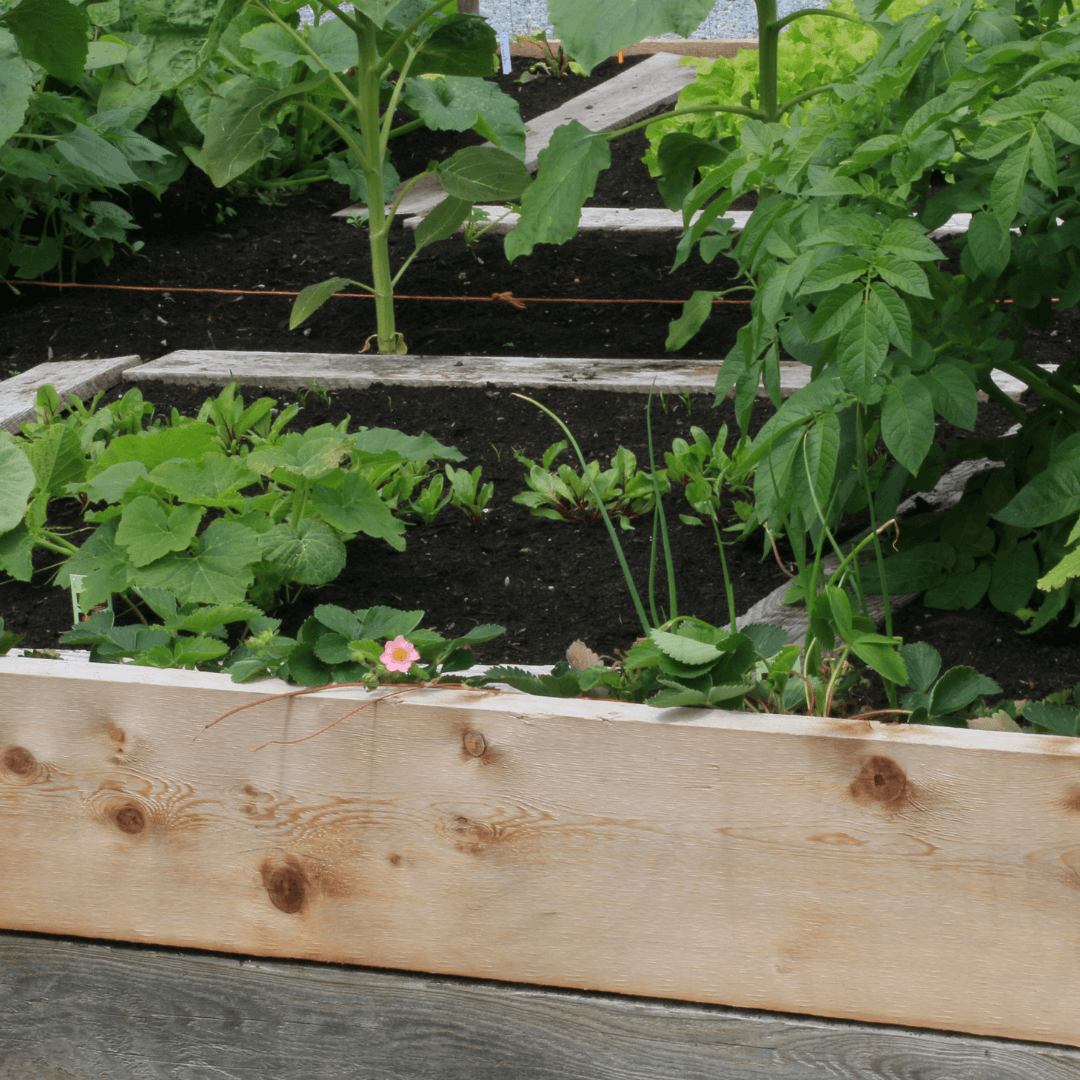As a passionate gardener, I'm always on the lookout for creatures that might harm my garden plants. Among the many critters I come across, caterpillars are a common sight. But are caterpillars bad for gardens? The answer is not so simple. Let's take a deeper look at the role of caterpillars in our gardens and learn how to distinguish between the good and the bad.
1. The Role of Caterpillars in the Garden Ecosystem
Caterpillars are the larval stage of butterflies and moths, two important pollinators in North America. They play a crucial role in the garden ecosystem by:
- Providing food for predatory insects and birds
- Pollinating plants such as adult butterflies and moths
- Assisting in natural pest control by consuming other garden pests
However, some caterpillars can be a cause for concern, as they feed on garden plants and can cause significant damage if left unchecked.
Vegetable Seed Vault Kit | 35 Variety Pack

$29.95
$49.95
Survival Vegetable Seeds Garden Kit Over 16,000 Seeds Non-GMO, Heirloom, Non-Hybrid, and Open Pollinated | Great For Emergency Bugout Survival Gear | 35 Varieties Seeds For Planting Vegetables | 35 FREE Plant Markers ASSORTMENT - 35 easy-to-grow vegetable varieties and… read more
2. Bad Caterpillars vs. Good Caterpillars
Bad Caterpillars
Bad caterpillars are those that cause extensive damage to garden plants. Some common examples include:
- Tomato hornworm (Manduca quinquemaculata)
- Cabbage looper (Trichoplusia ni)
- Imported cabbageworm (Pieris rapae)
- Gypsy moth caterpillar (Lymantria dispar)
These caterpillars eat large portions of leaves, reducing the plant's ability to photosynthesize and causing stunted growth or death. Some bad caterpillars eat the leaves of plants in a garden and some attack trees.
Good Caterpillars
Good caterpillars are those that have a limited impact on garden plants and contribute to the ecosystem. Examples include:
- Monarch butterfly caterpillars (Danaus plexippus)
- Swallowtail butterfly caterpillars (Papilio spp.)
- Painted lady butterfly caterpillars (Vanessa Cardui)
These caterpillars typically feed on specific host plants and are less likely to cause widespread damage.
3. Identifying Caterpillar Damage
To determine if caterpillars are causing harm to your garden, look for these signs:
- Chewed leaves with irregular holes or edges
- Skeletonized leaves, where only the veins remain
- Leaf rolls or webbing, which some caterpillars use for shelter
- Frass (caterpillar droppings) on or beneath affected plants
4. Natural Predators and Pest Control
Encouraging the presence of predatory insects and birds can help control caterpillar populations. Some beneficial predators include:
- Ladybugs
- Lacewings
- Parasitic wasps
- Birds, such as chickadees and warblers
- Spiders
To attract these predators, plant a variety of native flowers and provide a source of water.
5. Using Bacillus thuringiensis (Bt) for Caterpillar Control
Bacillus thuringiensis (Bt) is a naturally occurring soil bacterium that can be used as a biological control for caterpillars. It produces a toxin that is harmful to caterpillars but safe for humans, pets, and beneficial insects. Apply Bt to affected plants according to the product's instructions, ensuring thorough coverage.
Wildflower, Perennial, & Annual Flower Seed Kit | 35 Variety Pack
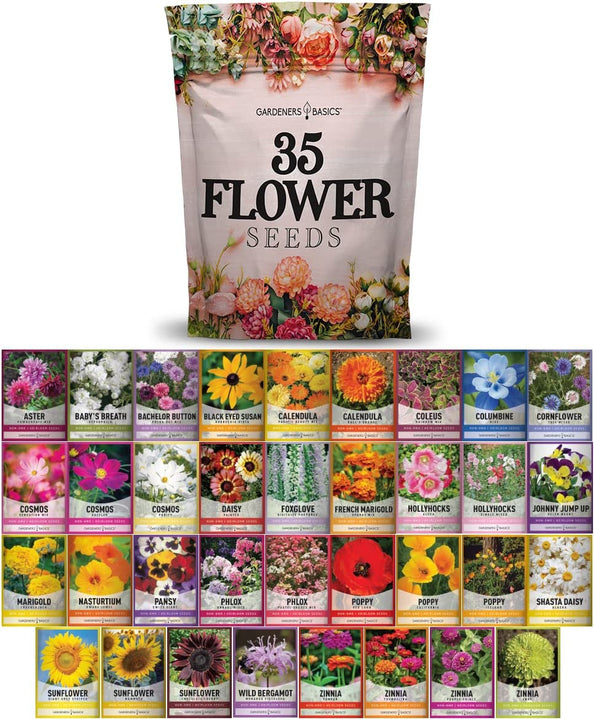
$29.95
$49.95
Ultimate 35 Flower Seed Assortment for Planting: Create a Gorgeous, Vibrant, and Diverse Garden Introducing the Ultimate 35 Flower Seed Assortment for Planting – your one-stop solution for a stunning, colorful, and diverse garden that will leave your neighbors green… read more
6. Manual Removal of Caterpillars
Handpicking caterpillars from your garden plants can be an effective way to control their numbers. To remove caterpillars, follow these steps:
- Put on gloves to protect your hands from potential irritants.
- Gently remove the caterpillars from the plants.
- Place the caterpillars in a bucket of soapy water to kill them.
- Dispose of the dead caterpillars in the trash or compost pile.
Regularly inspect your plants for caterpillars and remove them as needed.
7. Preventing Caterpillar Infestations
To minimize caterpillar infestations in your garden, follow these tips:
- Choose plants that are resistant to caterpillar damage or less appealing to butterflies and moths for laying their eggs.
- Use row covers or netting to protect vulnerable plants from egg-laying moths and butterflies.
- Keep your garden clean by removing plant debris and weeds, which can serve as hiding places for caterpillars and their eggs.
- Rotate crops to disrupt the lifecycle of caterpillars that target specific host plants.
8. Embracing the Balance Between Good and Bad Caterpillars
Caterpillars, like all garden creatures, play a role in maintaining a balanced ecosystem in flower gardens and vegetable gardens. As gardeners, it's essential to recognize the difference between good and bad caterpillars and take appropriate action to protect our garden plants.
By embracing the natural balance in our gardens, we can enjoy the beauty of butterflies and moths while minimizing the damage caused by harmful caterpillar species. Remember, not all caterpillars are bad for our gardens. The key is understanding their impact and managing them effectively.
Milkweed Seeds For Monarch Butterflies | 4 Variety Pack
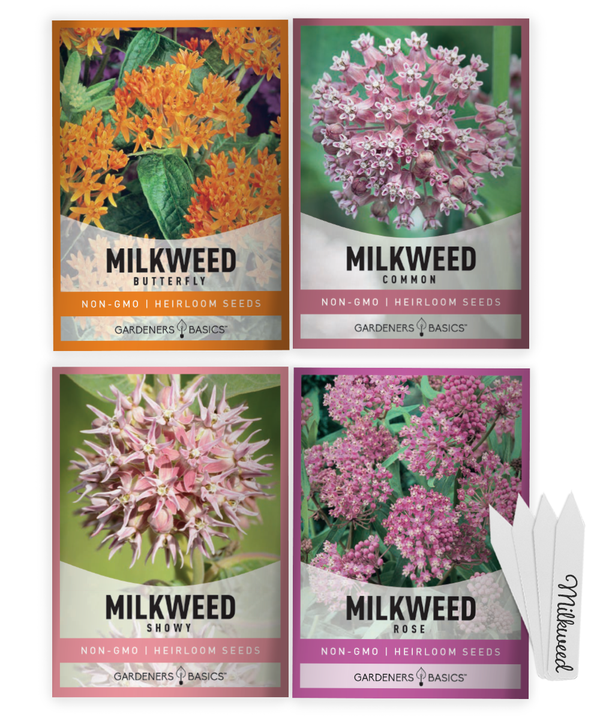
$7.95
Milkweed Seed Assortment For Planting – 4 Stunning Varieties to Attract Monarch Butterflies and Beautify Your Garden Transform your garden into a thriving paradise with our Milkweed Seed Assortment for Planting. This exclusive collection features four exquisite Milkweed varieties -… read more
9. Companion Planting to Deter Caterpillars
Companion planting involves placing plants with complementary properties near each other for mutual benefit. Some plants emit strong odors or contain compounds that deter caterpillars and other garden pests. Consider adding these plants to your garden to help protect your plants from caterpillars:
- Marigolds: Their strong scent repels many pests, including caterpillars.
- Garlic and onions: The pungent smell of these plants can deter caterpillars and other pests.
- Mint, basil, and other aromatic herbs: Their strong fragrance can help mask the scent of host plants, making it harder for butterflies and moths to find suitable locations to lay their eggs.
10. Introducing Beneficial Nematodes
Beneficial nematodes are microscopic, soil-dwelling worms that prey on various garden pests, including some caterpillar species. They are harmless to humans, pets, and beneficial insects. To use beneficial nematodes as a biological control:
- Purchase nematodes from a reputable supplier.
- Mix the nematodes with water according to the package instructions.
- Apply the nematode solution to the soil around the affected plants.
- Keep the soil moist for at least a week to ensure the nematodes establish themselves.
11. Monitoring Caterpillar Populations with Pheromone Traps
Pheromone traps use synthetic versions of the sex pheromones released by female moths to attract males. By capturing the male moths, you can monitor the population levels of specific caterpillar species in your garden. Pheromone traps are not a complete solution for caterpillar control, but they can help you identify when and where to target your control efforts.
 12. Supporting Caterpillars in a Dedicated Habitat
12. Supporting Caterpillars in a Dedicated Habitat
If you want to support the caterpillar population while minimizing their impact on your main garden, consider creating a separate habitat dedicated to caterpillars and their host plants. This can be done by:
- Planting a variety of native plants that caterpillars prefer, such as milkweed for monarch butterfly caterpillars or parsley for swallowtail caterpillars.
- Providing shelter and hiding spots, such as piles of leaves, logs, or rocks.
- Avoiding the use of pesticides or other chemicals in the dedicated habitat.
By providing a separate space for caterpillars, you can support their populations while protecting your main garden from damage.
With these additional strategies, you'll be better equipped to manage caterpillars in your garden while maintaining a healthy and balanced ecosystem. Caterpillars play an essential role in our gardens, and by using a combination of control methods, we can enjoy the benefits they bring without sacrificing our plants' health.
In conclusion, while caterpillars can indeed be detrimental to garden plants, it's important to differentiate between good and bad caterpillars. Utilize natural predators, manual removal, and prevention techniques to protect your garden while still supporting the ecosystem. By doing so, you'll be able to enjoy a thriving garden filled with the beauty and benefits that butterflies and moths bring. So, are caterpillars bad for gardens, no! There are some species we really need to support in order to help with their survival, like the monarchs. But there are some that are just terrible for vegetable gardens.



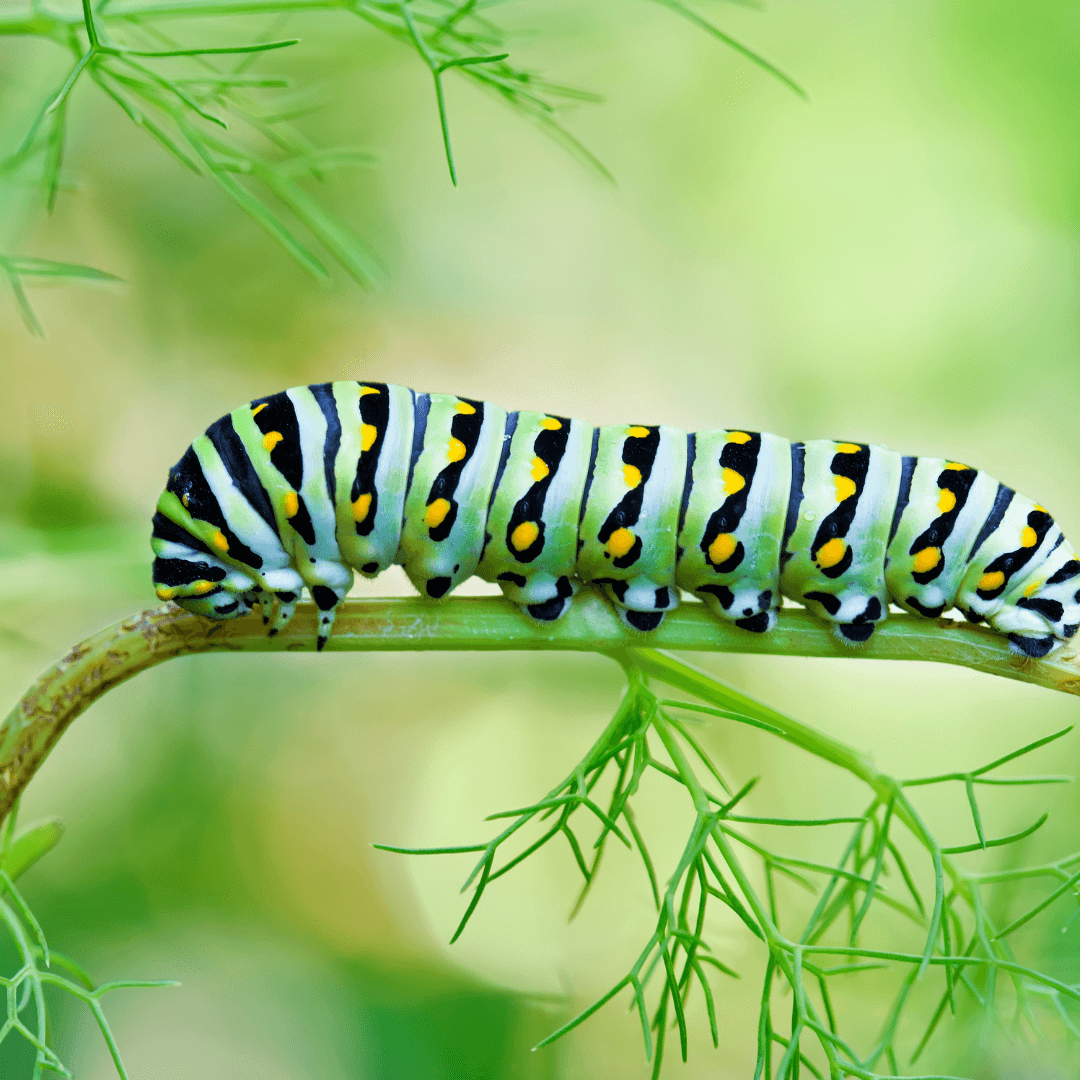

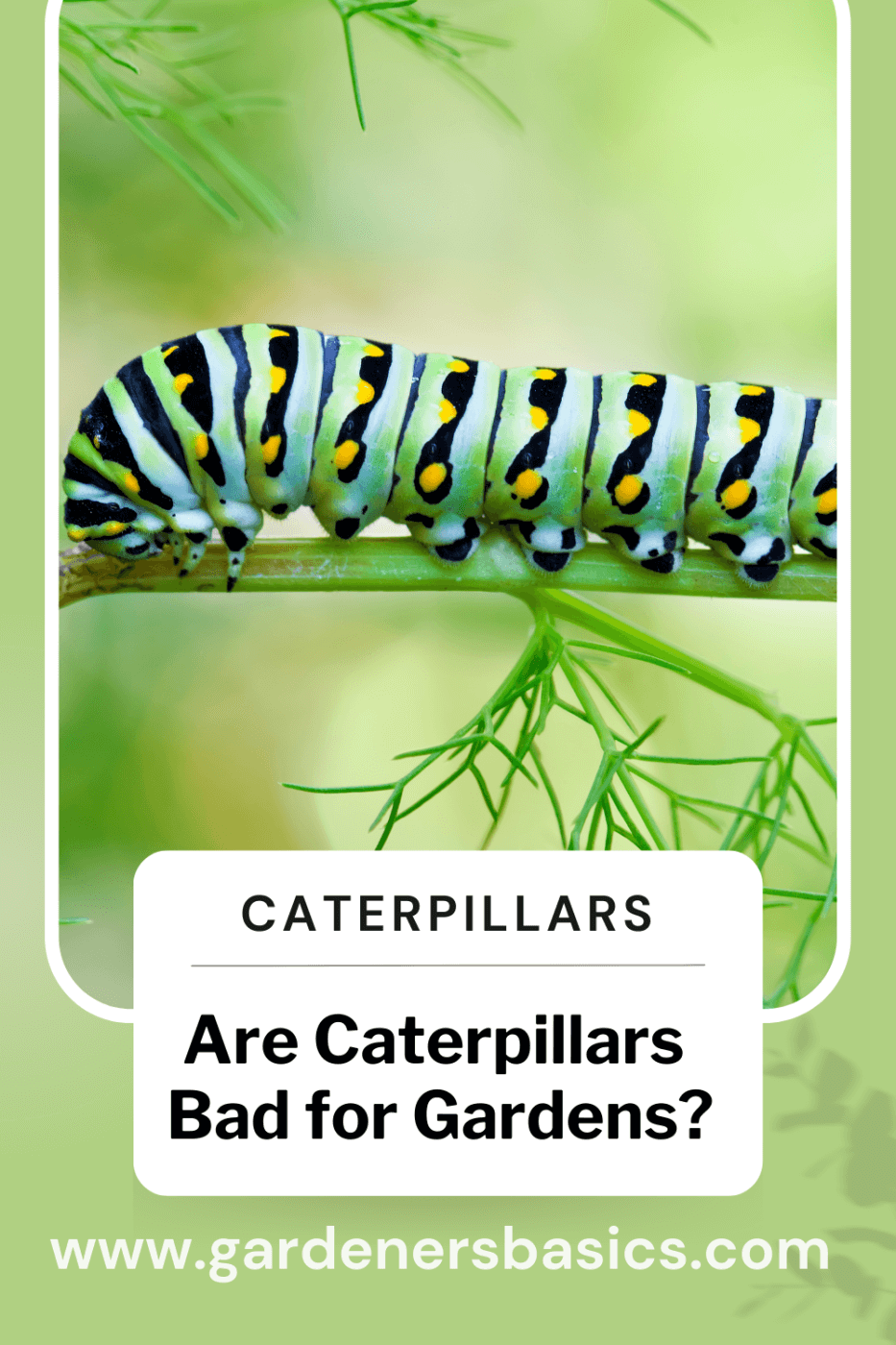 12. Supporting Caterpillars in a Dedicated Habitat
12. Supporting Caterpillars in a Dedicated Habitat
